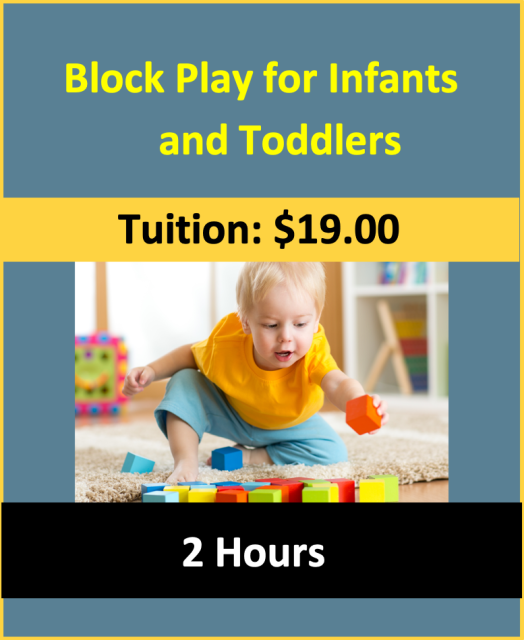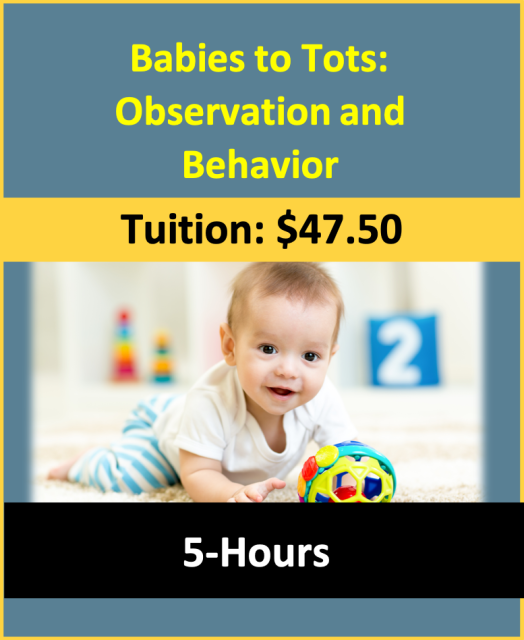Lion Footprint
Lesson Plan:
|
Activity:
Lion Footprints Lesson plan developed by Ms. Erika Geelhoed, BA Ed Age Group:
* Lesson plan objective and assessment can be adapted to use this activity with mobile infants or toddlers.
Objectives:
Children will:
|
|
II.4.3a
Materials:
|
Procedure:
- Begin the activity by finding a comfortable spot to read That’s Not My Lion with the children.
- As you are reading, encourage them to feel the different textures inside the book.
- When finished, you can begin your footprint lion.
- Paint the children’s foot with yellow paint and gently press it down on the paper to leave a stamp.
- Wash the children’s foot, and allow the artwork to dry.
- Next, take the children’s finger, dip it in brown paint, and make small prints around the heel of the first print (these will act as the mane of the lion).
- You will need to make one last print using the children’s finger in an open area on the page (this will act as the tuff on the tail).
- Wash the children’s hands using proper hand washing techniques.
- Create the tail by connecting the single print (tuff) with the body using yellow paint.
- Allow the artwork to dry completely.
- Create a face for the lion using the permanent black marker.
- You can display the finished piece in the classroom or send home with their daily communication form (be sure to note that the artwork was accompanied by a reading activity).
Assessment:
- Observe and record the children’s actions during reading time. How did they react to the different textures in the book? Did they make any vocalizations? You can also use this activity to track eye movement as you turn the pages.
Click on the course icon for enrollment information.
Early Literacy for Infants and Toddlers
Sharing books and other reading materials with children at a young age can establish a strong foundation for later literacy skills (McLane & McNamee, 1991). When teachers read to young children early and often, the children see reading as something that is fun to do. They become familiar with the sound of language that is used in books. They learn to turn the pages of books and learn that the print in books has meaning (Rice, Burkes, & Kaplan-Sanoff). Reading to young children builds a strong foundation for later literacy skills. It is important to share books with each child, keeping in mind the child’s level of development and interest.
While children should not be forced to listen to stories when they do not show interest, a wide variety of age-appropriate books should be available in the classroom at all times for them to explore freely. As the children grow and mature, the experiences you have provided when they were small will help to build the skills they need to eventually become lifelong readers.
While children should not be forced to listen to stories when they do not show interest, a wide variety of age-appropriate books should be available in the classroom at all times for them to explore freely. As the children grow and mature, the experiences you have provided when they were small will help to build the skills they need to eventually become lifelong readers.








